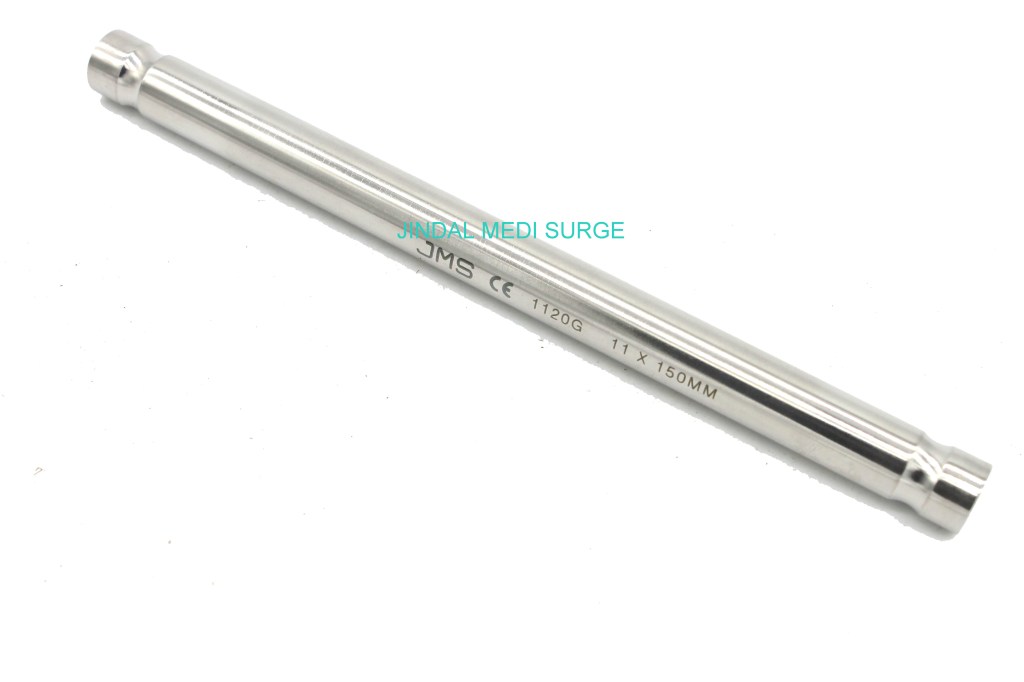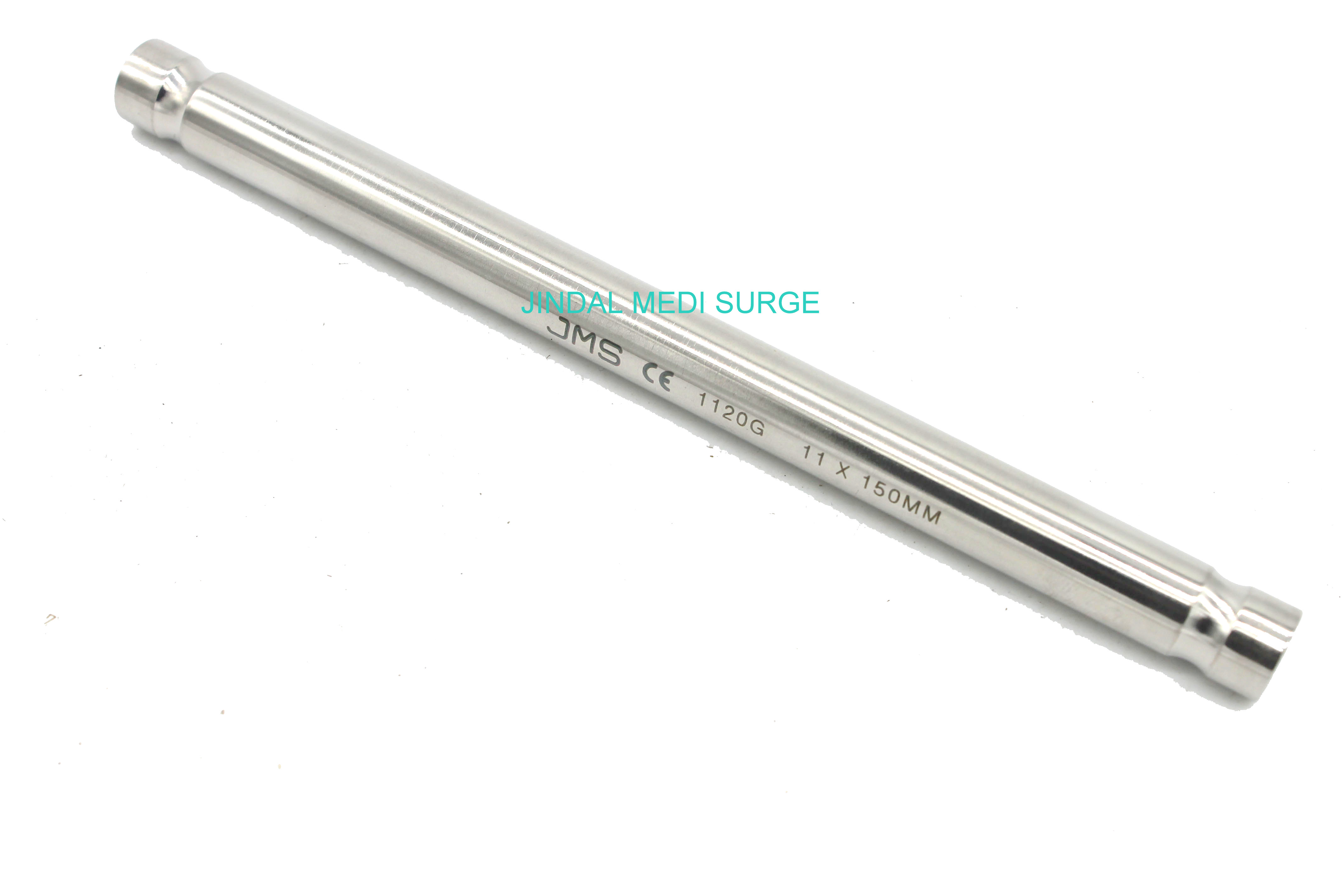Tubular external fixators are a specific type of orthopedic external fixation system used to stabilize and immobilize fractured or damaged bones. They are called “tubular” because they consist of tubular components, typically made of metal, that are connected to rings or clamps, pins or wires, and struts. Tubular external fixators are versatile and highly adjustable, allowing orthopedic surgeons to customize them for each patient’s specific needs. Here are some key features and components of tubular external fixators: Rings or Clamps: Tubular fixators use rings or clamps, much like other external fixators, to anchor the system to the bone on both sides of the fracture or injury. These rings or clamps are attached to the tubular components. Tubular Components: The main feature of tubular external fixators is the use of tubular rods or struts as the connecting elements between the rings or clamps. These tubular components can be adjusted in length and orientation, making them highly versatile for various surgical applications. Connecting Rods: Tubular fixators use tubular connecting rods or struts to provide stability and alignment between the rings or clamps. These connecting rods can be easily adjusted and locked in place. Pins or Wires: To secure the rings or clamps to the bone, pins or wires are used. These anchoring devices are inserted through the skin and into the bone, providing a stable connection point for the fixator. Adjustability: The tubular components are highly adjustable, allowing for precise alignment and positioning of the bone. This adjustability is crucial for accommodating changes in the healing process and ensuring optimal bone alignment. Biocompatibility: Materials used in tubular external fixators are typically biocompatible to minimize the risk of allergic reactions or tissue rejection. Tubular external fixators are used in various orthopedic situations, including complex fractures, limb length discrepancies, limb deformities, bone infections, and non-unions or malunions. The specific configuration and design of the fixator may vary depending on the patient’s condition and the surgeon’s preference. One of the advantages of tubular external fixators is their versatility and ease of adjustment, making them suitable for a wide range of orthopedic procedures. They can be fine-tuned during surgery to ensure the desired bone alignment and stability. Once the bone has healed sufficiently, the fixator is typically removed. The choice of external fixator and its placement is determined by the orthopedic surgeon based on the patient’s specific needs and the nature of the injury or condition.
GENERAL INQUIRY: info@jmshealth.com
INTERNATIONAL SALES INQUIRY: jms.internationalinfo@gmail.com
INDIA SALES INQUIRY: jms.indiainfo@gmail.com
WHATSAPP / TELEGRAM / SIGNAL: 0091 8375815995
LANDLINE: 0091 11 43541982
MOBILE: 0091 9891008321
WEBSITE: http://www.jmshealth.com
ONLINE STORE: http://www.surgestore.in
CUSTOMER CARE: 0091 9810317227
HEAD OFFICE: 5A/5 Ansari Road Darya Ganj New Delhi – 110002, INDIA.
UNIT: Plot Anand Industrial Estate Mohan Nagar Ghaziabad, Uttar Pradesh INDIA.

